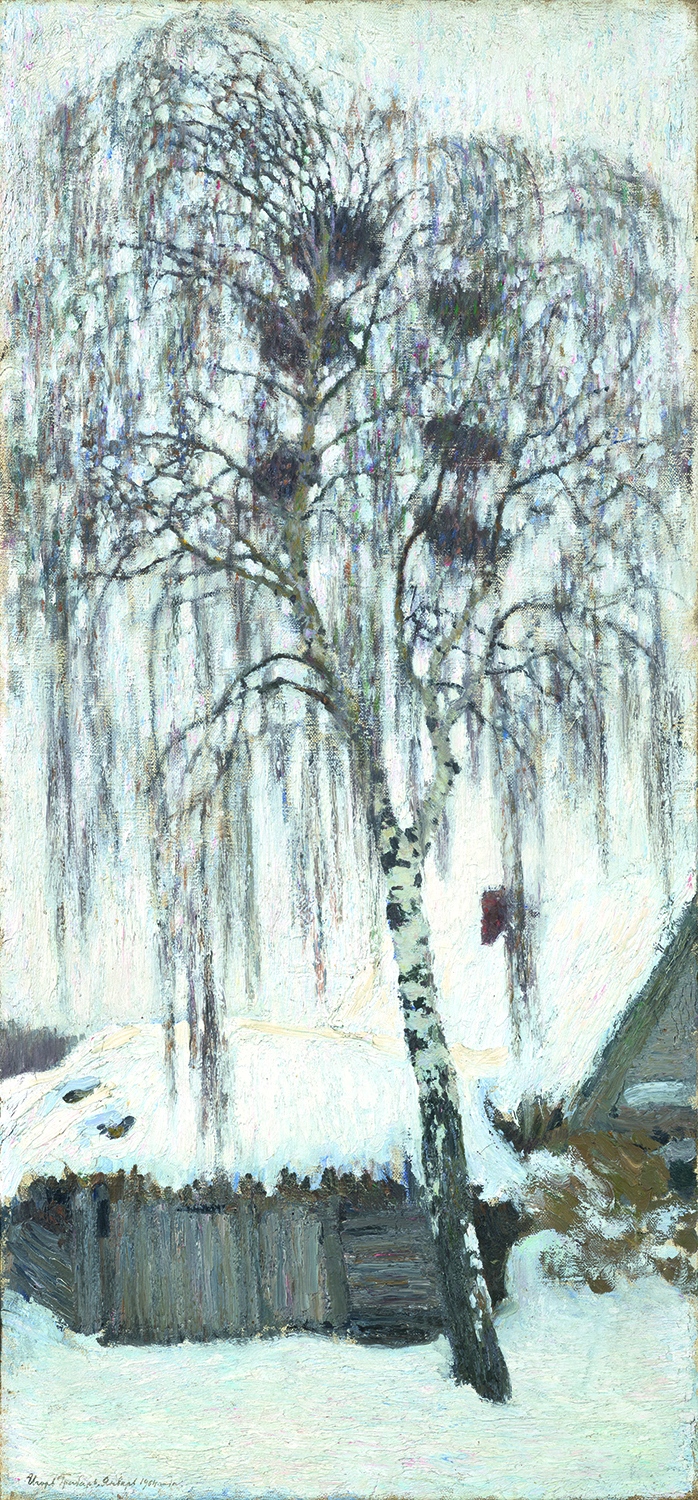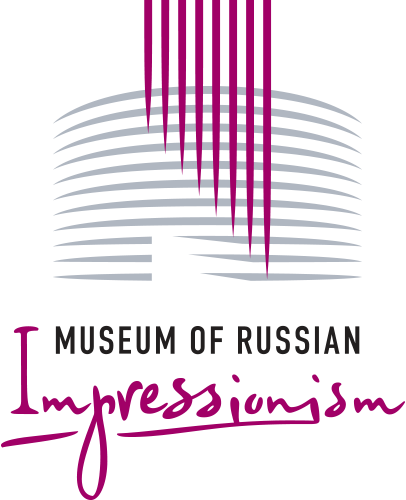
The State Tretyakov Gallery
"In the village Shestovo, 3 km away from the mansion, I paid attention to weeping birches dotted with tops of rooky nests. I have long wanted to paint such a birch on a winter silver day, without the sun. I took an old hut, with a cut of the color of oxidized silver, covered with snow, and next to it was a birch. I wanted to convey the effect of white snow, with a white birch. This whiteness, without whitening, seems to be a success," wrote Igor Grabar.
Serov talked about this picture that he did not feel white pigment there, this was truly a white winter. Snow drifts on roofs, snow at the foot of a birch tree, and milky white sky, and pearl gray tone of the trunk, branches, shed - all this merges into a very soft united range of pearl gray and white colors. But if you look closer at this work, you can see the variety of color transitions: between strokes of white paint the artist puts pinkish, yellowish, bluish strokes, they barely distinguish blows of white paint and give a feeling of white fluffy snow. With all the variety of different color strokes the painting style is far from mosaic. The entire surface is united by several brush strokes, and it seems as if they repeat the direction of snow layers or streaks of wood as the artist saw them in the real life.
In his autobiography Igor Grabar says that on the first day of his stay in Dugino he was surprised by the abundance of birch trees. More than once the artist confessed that out of all trees, he loves a birch most of all, and among birches - the "weeping" type. The image of a favorite tree appears in many of his works, the most well-known of them is the painting “February Azure” from the collection of the Tretyakov Gallery.



